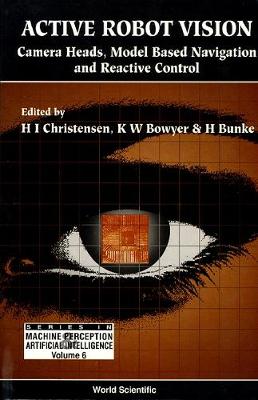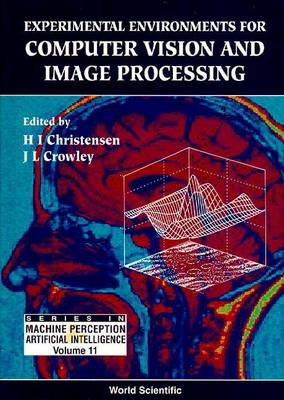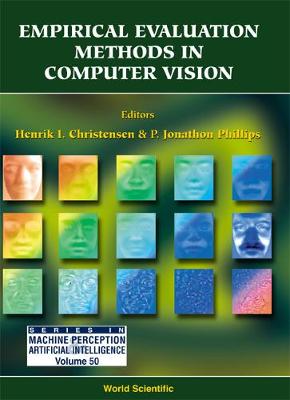Series In Machine Perception And Artificial Intelligence
4 primary works
Book 6
Active Robot Vision: Camera Heads, Model Based Navigation And Reactive Control
by Kevin Bowyer, Horst Bunke, and Henrik I Christensen
Published 1 May 1993
Book 11
Experimental Environments for Computer Vision and Image Processing
by Henrik I Christensen
Published 1 January 1994
To fully appreciate new methods developed in the area of machine vision it is necessary to have facilities which allow experimental verification of such methods. Experimental research is typically a very expensive task in terms of manpower, and consequently it is desirable to adopt standard facilities/methods which allow more efficient experimental investigations. In this volume a range of different experimental environments which facilitate construction and integration of machine vision systems is described. The environments presented cover areas such as robotics, research in individual machine vision methods, system integration, knowledge representation, and distributed computing. The set of environments covered include commercial systems, public domain software and laboratory prototype, showing the diversity of the problem of experimental research in machine vision and providing the reader with an overview of the area.
Book 50
Empirical Evaluation Methods In Computer Vision
by Henrik I Christensen and P Jonathon Phillips
Published 1 January 2002
This book provides comprehensive coverage of methods for the empirical evaluation of computer vision techniques. The practical use of computer vision requires empirical evaluation to ensure that the overall system has a guaranteed performance.The book contains articles that cover the design of experiments for evaluation, range image segmentation, the evaluation of face recognition and diffusion methods, image matching using correlation methods, and the performance of medical image processing algorithms.
Book 77
Graph Classification and Clustering Based on Vector Space Embedding
by Kaspar Riesen and Horst Bunke
Published 1 January 2010
This book is concerned with a fundamentally novel approach to graph-based pattern recognition based on vector space embedding of graphs. It aims at condensing the high representational power of graphs into a computationally efficient and mathematically convenient feature vector.This volume utilizes the dissimilarity space representation originally proposed by Duin and Pekalska to embed graphs in real vector spaces. Such an embedding gives one access to all algorithms developed in the past for feature vectors, which has been the predominant representation formalism in pattern recognition and related areas for a long time.



